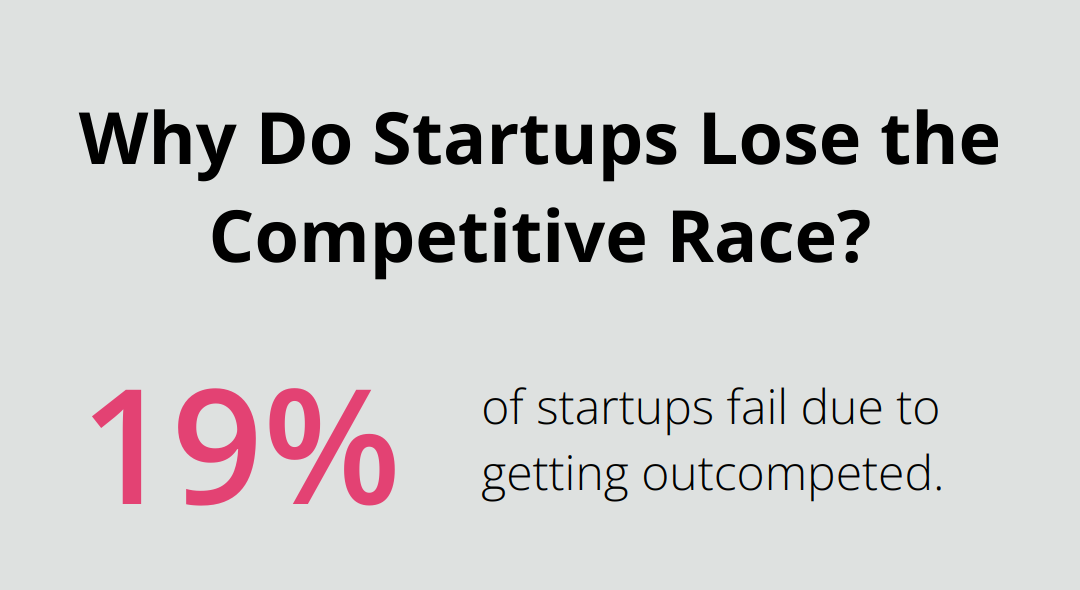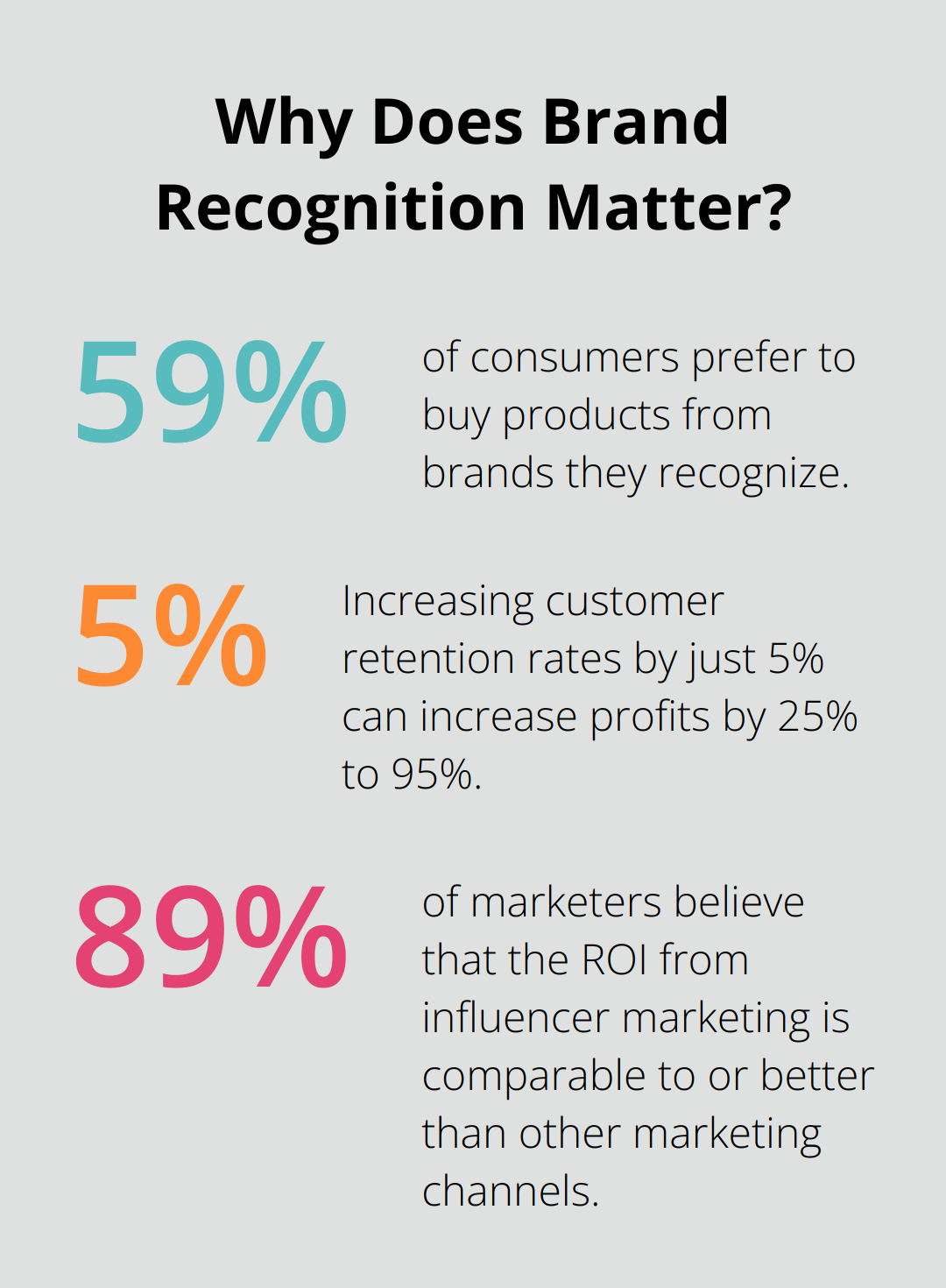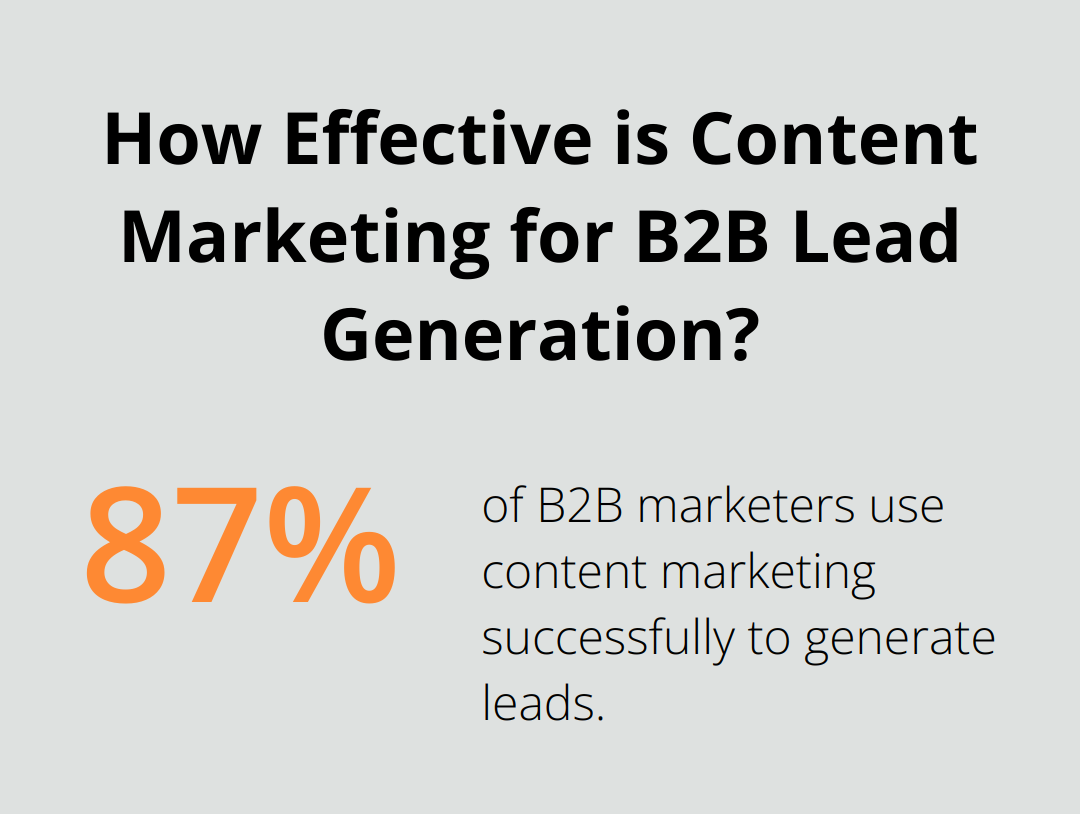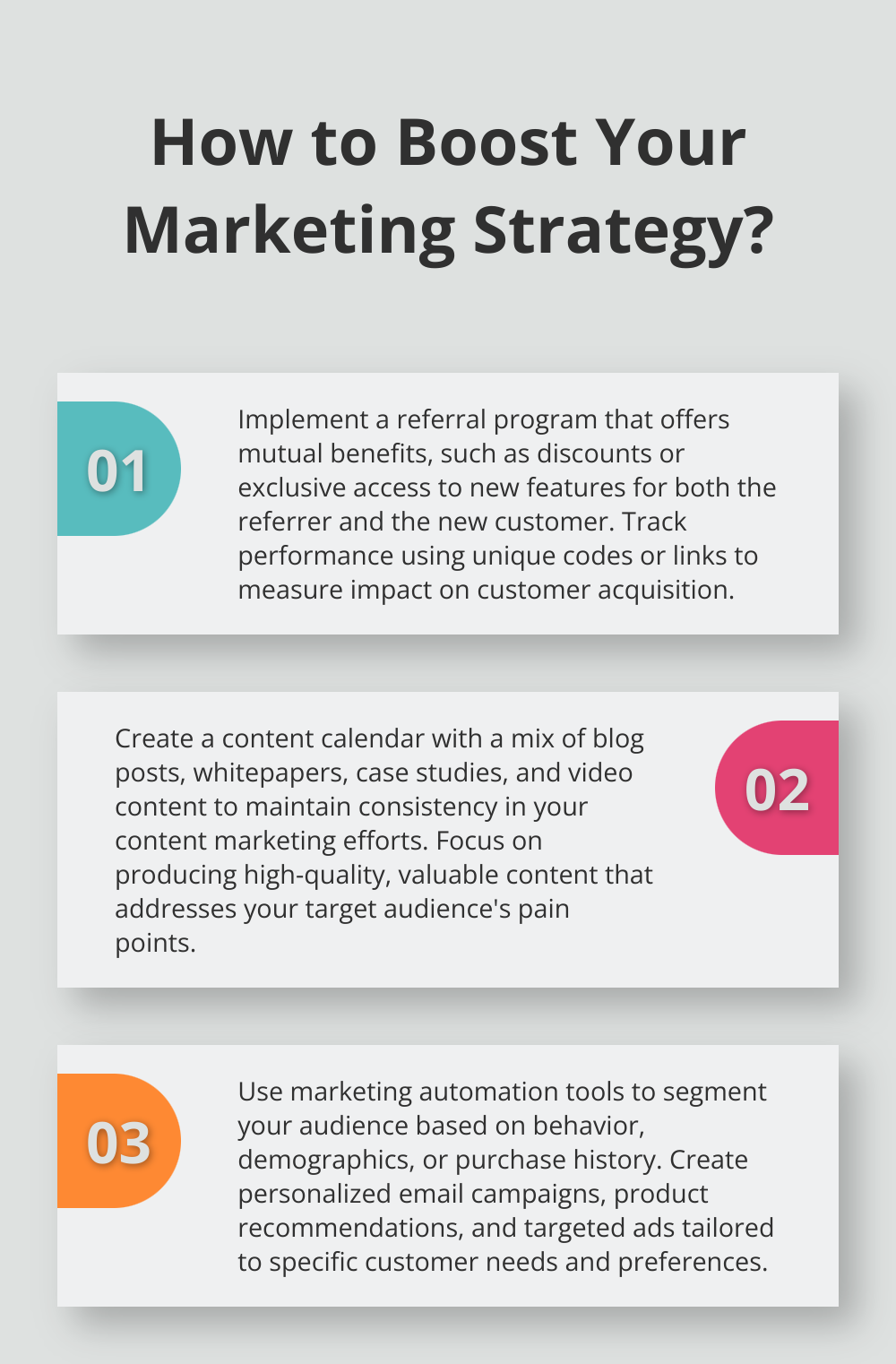At Made Simpler, we know that reaching the growth stage is a pivotal moment for any business. It’s a time of rapid expansion, new opportunities, and increased competition.
Understanding what is the marketing objective for the growth stage becomes essential for companies aiming to capitalize on their momentum. This blog post will explore the key marketing goals and strategies that can help businesses thrive during this exciting phase.
What Happens in the Growth Stage?
Rapid Expansion and Its Challenges
The growth stage marks an exhilarating yet demanding phase for businesses. Companies experience rapid expansion, increased market demand, and heightened competition during this period. Your product or service gains traction, and sales start to rapidly climb significantly.

During rapid expansion, businesses often struggle to keep up with demand. You might need to hire new staff quickly, scale operations, and potentially outgrow your current infrastructure. This can lead to growing pains such as quality control issues, customer service bottlenecks, and inventory management problems.
Soft recruiting costs include the time departmental leaders and managers invest in supporting the HR-specific roles of the hiring process. This highlights the importance of robust HR strategies.
Increased Competition
As your market presence grows, you’ll likely attract more competitors. This increased competition can put pressure on pricing and force you to innovate faster. A report by CB Insights showed that 19% of startups fail due to getting outcompeted, emphasizing the need for strong differentiation strategies.
Evolving Marketing Strategies
Your marketing approach needs to evolve as you enter the growth stage. The strategies that worked when you were just starting out may not be as effective now. You’ll need to focus on building brand awareness, expanding your customer base, and increasing market share.
Data-Driven Decision Making
In the growth stage, data becomes your best friend. You’ll need to closely monitor key performance indicators (KPIs) to make informed decisions. According to a survey by Deloitte, companies that use data-driven decision making are 3 times more likely to report significant improvements in decision-making.
Businesses who leverage data effectively during the growth stage are better positioned to capitalize on opportunities and mitigate risks. AI-powered tools (like those offered by Made Simpler) can help you gather and analyze crucial data to inform your marketing strategies.
The growth stage is not just about expanding – it’s about smart, sustainable growth. Understanding the characteristics and challenges of this stage allows you to adapt your marketing strategies to maximize your potential.
As we move forward, let’s explore the key marketing objectives that growth-stage companies should prioritize to capitalize on this exciting phase of business development.
How to Dominate Your Market During Growth
Expand Your Reach Aggressively
During the growth stage, you should prioritize expanding your market share. This means targeting new customer segments and geographical areas. A McKinsey study reveals that a strategy focused on improving the experience of existing customers can deliver breakthrough growth for incumbent companies-often more than targeting new customers.

To expand effectively, use data analytics to identify untapped markets and customer segments. Track website traffic sources and user behavior with tools like Google Analytics. This data will help you tailor your marketing efforts to reach new audiences more effectively.
Build a Powerful Brand Identity
Brand awareness and loyalty play a vital role during the growth stage. A strong brand will help you stand out in an increasingly crowded market. A Nielsen study found that 59% of consumers prefer to buy products from brands they recognize.
Invest in consistent branding across all channels (website, social media profiles, and marketing materials). Consider partnering with influencers in your industry to boost brand visibility. Influencer marketing can be highly effective, with 89% of marketers believing that the ROI from influencer marketing is comparable to or better than other marketing channels.
Stand Out from the Competition
As your market grows, so does the competition. Differentiating your product or service becomes essential. Conduct regular competitor analysis to understand what others in your space do. Use this information to highlight your unique selling propositions in your marketing messages.
One effective way to differentiate is through exceptional customer service. An American Express study found that 86% of customers will pay more for a better customer experience. Invest in training your customer service team and implement systems to ensure quick response times and high-quality interactions.
Focus on Customer Lifetime Value
While acquiring new customers is important, don’t neglect your existing customer base. Focusing on customer lifetime value (CLV) can significantly boost your profitability. According to Harvard Business Review, increasing customer retention rates by just 5% can increase profits by 25% to 95%.
Implement a robust customer relationship management (CRM) system to track customer interactions and preferences. Use this data to create personalized marketing campaigns and loyalty programs. Try offering exclusive deals or early access to new products for your most valuable customers.
The growth stage presents unique challenges and opportunities for businesses. To capitalize on this exciting phase, you must adapt your marketing strategies and focus on expanding your reach, building a strong brand, differentiating from competitors, and maximizing customer value. In the next section, we’ll explore effective marketing strategies that can help you achieve these objectives and propel your business to new heights.
How to Supercharge Your Marketing in the Growth Stage
Harness the Power of Content Marketing
Content marketing proves to be a powerhouse strategy for growth-stage companies. According to a survey, 87% of B2B marketers use content marketing successfully to generate leads. Companies should focus on creating high-quality, valuable content that addresses their target audience’s pain points and positions their brand as an industry thought leader.

A content calendar that includes a mix of blog posts, whitepapers, case studies, and video content will help maintain consistency. For instance, a series of in-depth industry reports can showcase expertise and provide actionable insights for the audience. This approach not only attracts potential customers but also establishes the brand as a go-to resource in the field.
Leverage Social Media and Influencer Partnerships
Social media platforms offer unparalleled opportunities to expand reach and engage with audiences. Companies should identify the platforms where their target audience is most active and focus their efforts there.
Influencer partnerships can amplify social media efforts. Businesses are reaping substantial returns on investment (ROI) from influencer marketing campaigns. Companies should look for influencers whose audience aligns with their target market and whose values resonate with their brand. Collaboration on content creation, product reviews, or sponsored posts can tap into their engaged follower base.
Implement a Robust Referral Program
Word-of-mouth marketing remains one of the most effective ways to acquire new customers. Companies should implement a referral program that incentivizes existing customers to spread the word about their product or service.
A well-designed referral program offers mutual benefits. For instance, companies can offer both the referrer and the new customer a discount on their next purchase or exclusive access to new features. Tracking the performance of the referral program using unique codes or links helps measure its impact on customer acquisition and adjust the strategy accordingly.
Optimize for Search Engines and Online Visibility
As businesses grow, so should their online presence. Companies should invest in search engine optimization (SEO) to improve their visibility in search results and drive more organic traffic to their website.
Keyword research helps identify high-value search terms relevant to the business. Companies should optimize their website content, meta descriptions, and headers for these keywords. Creating location-specific landing pages (if targeting multiple geographical areas) can also boost visibility. Regular publication of fresh, relevant content keeps search engines crawling the site and improves rankings.
Utilize Data-Driven Personalization
Personalization can significantly enhance marketing efforts during the growth stage. Companies should leverage the data they’ve collected about their customers to create tailored marketing campaigns that resonate with specific needs and preferences.
Marketing automation tools help segment audiences based on behavior, demographics, or purchase history. This information creates personalized email campaigns, product recommendations, and targeted ads. For example, an automated email series can provide new customers with relevant content based on their initial purchase or interaction with the brand.
Final Thoughts
The growth stage presents exciting opportunities and unique challenges for businesses. Companies must focus on expanding market share, building brand awareness, differentiating from competitors, and maximizing customer lifetime value to achieve their marketing objectives for the growth stage. These strategies should align closely with overall business goals to drive meaningful results.

In today’s rapidly evolving business landscape, adaptability is key. Companies should continuously monitor their marketing efforts, analyze data, and prepare to pivot when necessary. This agile approach will help businesses stay ahead of the competition and make the most of their growth phase.
For businesses looking to streamline their marketing efforts and drive growth, Made Simpler offers comprehensive solutions that can help achieve marketing objectives efficiently. Their services (including AI-enhanced tools) can provide the support needed to navigate the complexities of the growth stage successfully. Companies that set clear marketing objectives, implement effective strategies, and remain flexible in their approach can turn this exciting phase into a launchpad for long-term success.

